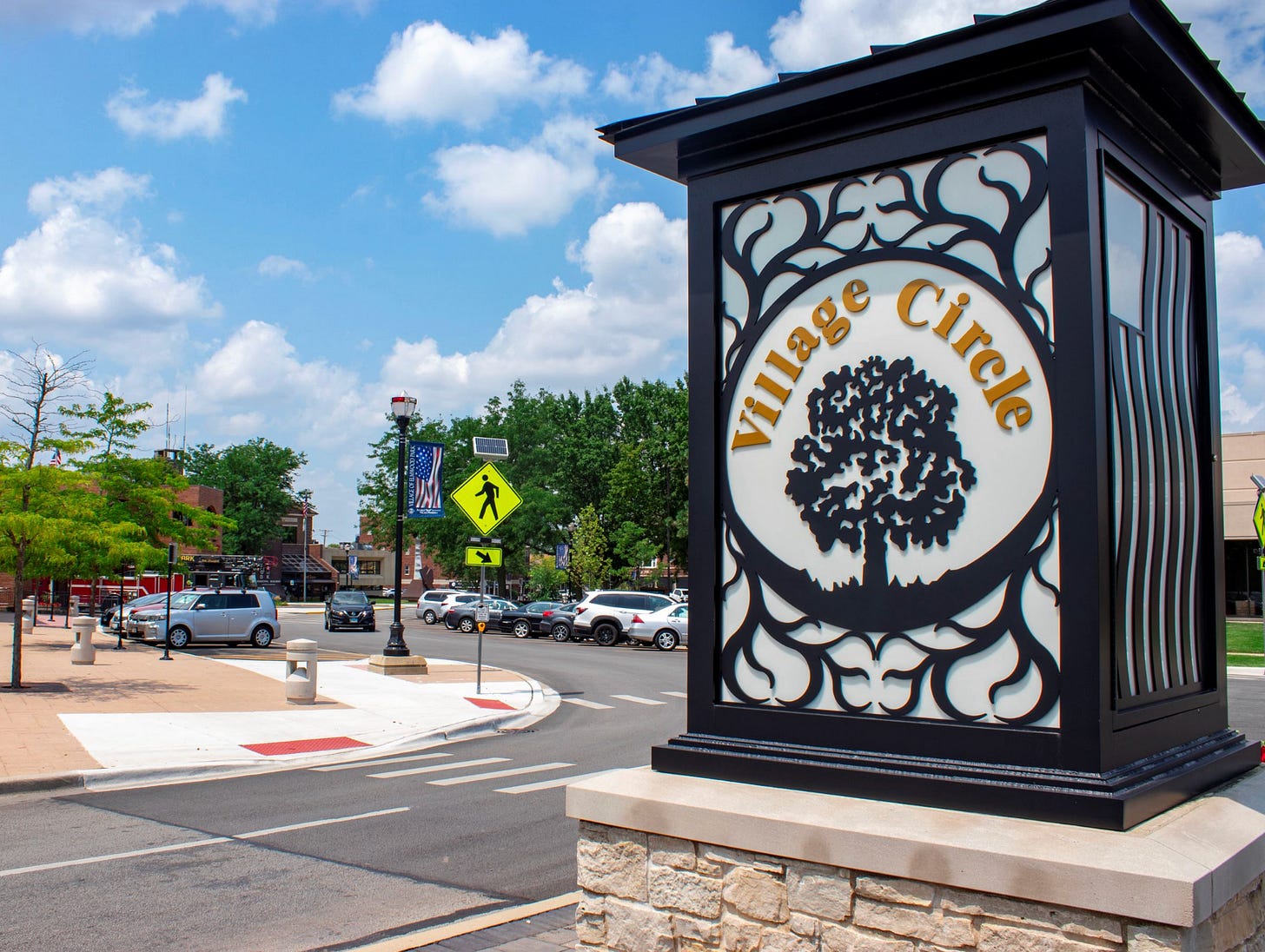Crime In Elmwood Park: What Does The Data Say?

By Ann Lindsay
Crime was a key topic at the newsletter’s first “Community Conversation” held at Elmwood Park Public Library on June 21.
One resident raised the issue of limited access to verified crime reports, contending that was evidence that Elmwood Park lives in a "news desert”—an area with a lack of information necessary to help residents make important decisions.
In response, Deputy Chief Carlos Rodriguez, who attended the meeting and leads community outreach for the Elmwood Park Police Department (EPPD), shared that 30-day incident reports are regularly published on the village website.
Logs of incidents are regularly updated to reflect the past 30 days of “incidents” in Elmwood Park.
The alleged crimes that the reports reflect include theft, property damage, fraud, and auto theft, but not wage theft or tax evasion. They include reports of domestic disturbances or violence, though it is important to understand that most sexual assaults in communities are not reported to the police.
EPPD also tracks “suspicious activity” (person, vehicle, noise), noise/disturbance complaints, traffic stops, and assistance to firefighters and emergency first responders.
So what does the data say about crime in Elmwood Park?
Using the 30-day report from May 26 to June 25, the EPPD documented 2,196 service calls. Of these, 1,874 calls were handled by the EPPD, and the remaining 322 calls by the fire department. On average, this amounts to about 73 combined police and firefighter calls per day, with weekdays seeing the highest volume.
Here is a breakdown of activity over this particular 30-day period:
Over 40 percent of all incidents are routine safety or traffic-related (traffic stops or premise Checks) and criminal or high-disruption activity (e.g., theft, domestic incidents, disturbances) collectively accounts for under five percent of all activity.
Most traffic stops are concentrated in the late afternoon to evening hours (4 p.m. - 8 p.m.). There's also noticeable enforcement activity in the early morning (7 a.m. - 9.a.m.). Such patterns are consistent with typical commuter flow and evening patrol trends.
Traffic stops, the largest reported category, often identify crime at a remarkably low rate.
More stops occur on weekdays, and Friday appears to have slightly more activity than other days, possibly due to higher evening traffic or weekend enforcement.
Oak Park does not publish a full log of police activity. Instead, Oak Park offers daily summaries that focus on crime-specific events—similar to what Elmwood Park categorizes as “Criminal Offenses” and “Domestic Incidents.”
During the same 30-day period, Elmwood Park recorded 53 such incidents while Oak Park logged 103 such incidents. When adjusted for population (Oak Park ~54,500; Elmwood Park ~24,500), the crime rates are relatively proportional: roughly one incident per 462 residents in Elmwood Park and one per 529 in Oak Park.
Other neighboring towns offer less transparency:
River Grove and Melrose Park provide no publicly available police logs; data must be requested via FOIA.
River Forest publishes a monthly summary, though its updates appear to have paused after March 2025.
Norridge issues only an annual report. The most recent data (2024) shows 1,084 reported criminal incidents—an average of 90 per month.
With a population of less than 14,600, Norridge reports one crime for every 162 residents, a significantly higher rate than Elmwood Park or Oak Park. However, this is likely influenced by an increase in retail theft—up by 100 incidents from the prior year. Although data is limited, that could be attributed to the village’s density of retail businesses.
Overall, Elmwood Park seems fairly typical in terms of crime when compared to nearby communities.
The crime rate is low, and the village provides transparency by offering residents access to reports on police activity.
You can read these reports in detail on the Village of Elmwood Park website at elmwoodpark.org using the path Services > Public Safety > Police Department > Resources > Incident Reports. Or go to this regularly updated link.



The data shown only accounts for 1119 of the 2196 service calls.
What are the remaining 1077 for?